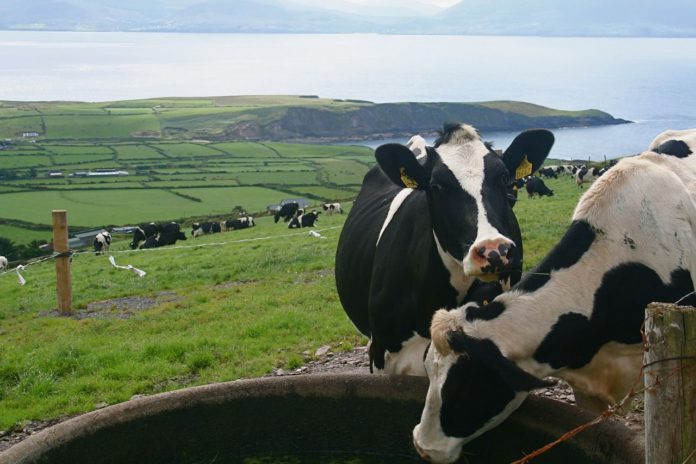With an increased workload already becoming a “significant” source of stress for Irish farmers, researchers at Teagasc have joined forces with NUIG to investigate the role of hired labour on Irish farms.
Luis Garcia Covarrubias, Walsh Scholar at Teagasc and PhD student in economics at NUIG, is among those exploring the labour input and productivity of Irish dairy farms.
He says that the use of hired labour on Irish dairy farms is a beneficial strategy, yet it is currently underutilised.
The majority of Irish dairy farms are pastured based with a spring-calving system.
According to Luis, this gives the Irish dairy sector a “competitive” advantage in producing milk.
But, he says, the downside of such a production system is its uneven demand for labour throughout the year.
Hired labour
Data from the 2018 Teagasc National Farm Survey indicated that only 11% of dairy farmers planned to hire extra labour within the next five years.
This is despite the fact that 34% of dairy farmers planned to expand their production in the same time interval.
Moreover, only a mere 7% of participants in the NS also intended to hire more labour.
In his view, the “reluctance” from farmers to hire more labour may be driven by the belief that family labour is more suitable for the farm.
Herd sizes
From the research, NUIG and Teagasc estimated that the average level of dairy farm efficiency and the impact of hired labour is 79%.
“This suggests that Irish dairy farms are highly efficient. The analysis indicates that relatively smaller farms – those with fewer than 80 cows – benefit more from hiring labour.”
“Also, findings suggest that the impact of hired labour decreases slightly as herd size increases. This is because, intuitively, as herd size grows, so too does total labour input.”
“This growth increases the need for additional hired labour. Therefore, our analysis confirms that large and expanding farms should utilise hired labour where available to manage the increasing work.”
He says the positive impacts on farm efficiency are more evident in smaller and non-expanding farm enterprises.
He suggests that the findings imply that policy should expand programmes that ease access to hired labour for all farms.
“Our findings should give farmers confidence that hired labour is a win-win situation. It is suitable for increasing efficiency on the farm while also easing the family workload.”
However, while the analysis indicates a positive impact of hired labour on farms’ efficiency, the result is small in economic terms, as he outlined.
For instance, an extra work unit of hired labour assists in increasing efficiency by less than 2%, on average.
The two Ts
To further increase a farm’s efficiency, he says it is not enough to delegate part of the workload to hired labour. Instead, it is necessary to continue adopting new technologies and techniques.
Between 2008 and 2021, the volume of milk produced in Ireland increased by over 75%, and this expansion in production has led to an increased labour requirement.
“The mismatch of increasing herd size and labour availability is a growing concern,” the researcher remarked.
“Family labour may temporarily relieve the shortage. However, the dramatic structural change being experienced may temporarily relieve the shortage.”
“However, the dramatic structural change being experienced will require additional non-family labour,” he concluded.
Other farming news articles on That’s Farming:





